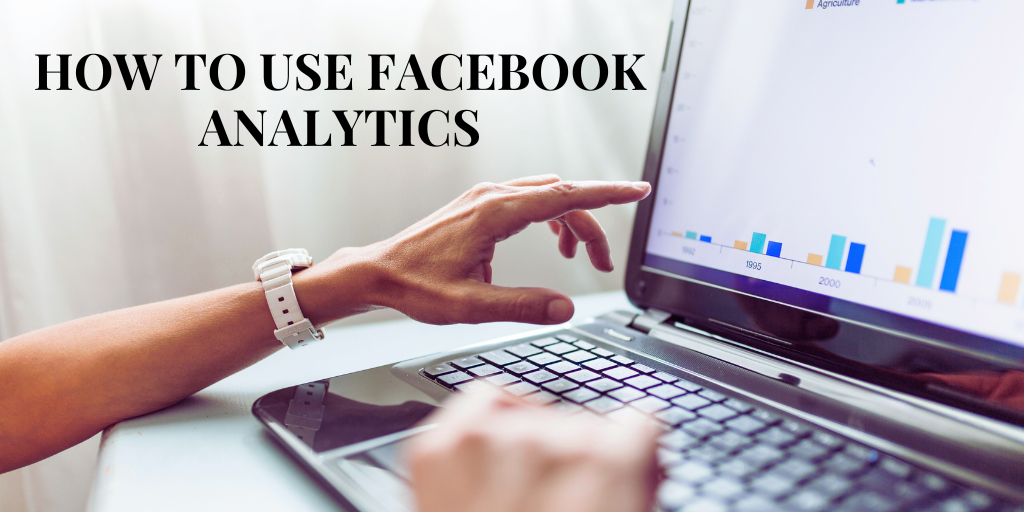Facebook Analytics
is a powerful tool that provides insights into the performance of your Facebook page. Whether you are an individual, a small business owner, or a marketing professional, Facebook Analytics can help you understand your audience, improve your content strategy, and drive more engagement.
In this article, we will guide you through the process of setting up Facebook Analytics and using it to gain valuable insights into your Facebook page performance.
Step 1: Setting up Facebook Analytics
Before you can start using Facebook Analytics, you need to set it up for your Facebook page. If you already have a Facebook page, here’s how to set up Facebook Analytics:
- Log into your Facebook account and go to your Facebook page.
- Click on the “Insights” tab on the top menu.
- If this is the first time you are using Facebook Analytics, you will see a prompt to set up your account. Click on “Get Started.”
- Follow the steps to set up your Facebook Analytics account. You will need to provide basic information about your business, such as your business name, website URL, and industry.
- Once you have set up your Facebook Analytics account, you will see a dashboard with a summary of your page’s performance.
Step 2: Understanding the Facebook Analytics Dashboard
The Facebook Analytics dashboard is the main hub for all your data. It provides a summary of your page’s performance and allows you to view data in various formats, such as charts, graphs, and tables.
Here’s what you need to know about the different sections of the Facebook Analytics dashboard:
- Overview: This section provides a quick overview of your page’s performance, including the number of page views, the average engagement rate, and the reach of your posts.
- Page Views: This section provides information about how many people are viewing your page, how long they are spending on your page, and how they are interacting with your content.
- Engagement: This section provides information about how many people are engaging with your content, such as likes, comments, and shares.
- Reach: This section provides information about how many people are seeing your content, including organic reach and paid reach.
- Audience: This section provides information about your audience, including demographics, interests, and location.
Step 3: Analyzing Page Views
Page views are a critical metric that indicates how many people are visiting your page. This information can help you understand the popularity of your page and determine if you need to make any changes to your content strategy.
To analyze page views, follow these steps:
- Go to the “Page Views” section of the Facebook Analytics dashboard.
- View the chart that displays the number of page views over time.
- Analyze the data to identify trends and patterns. For example, if you notice that page views are declining, you may need to change your content strategy or post more frequently.
- Look at the data for different periods, such as daily, weekly, or monthly, to see how your page views are changing over time.
- Use the table at the bottom of the page to see how people are interacting with your page. This information can help you understand how people are engaging with your content and whether you need to make any changes.
Step 4: Analyzing Engagement
Engagement is another critical metric that indicates how many people are interacting with your content. This information can help you understand the popularity of your posts and determine if you need to make any

